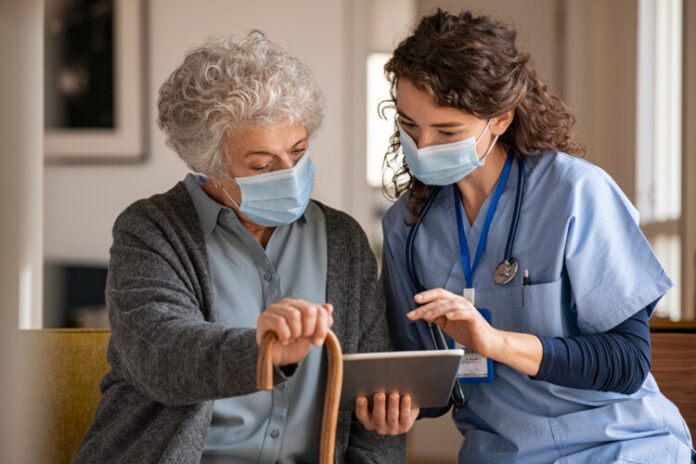Caregivers
In the intimate setting of home care, where caregivers and clients share space, meals, and moments, the risk of infection transmission can be notably high. For in-home caregivers, understanding and implementing rigorous infection control practices is not just a professional responsibility; it’s a vital aspect of safeguarding the health and well-being of both clients and themselves. This blog post explores essential infection control practices tailored for in-home caregivers, aimed at minimizing the risk of infection and ensuring a safe, healthy environment for all.
The Importance of Infection Control in Home Care
The home care setting presents unique challenges in infection prevention. Unlike clinical environments, which are designed with infection control in mind, homes are not typically equipped with medical-grade sanitation facilities. Moreover, in-home care often involves close personal contact, which can increase the risk of infection transmission. Implementing effective infection control measures is crucial to protect vulnerable clients, particularly those with weakened immune systems, chronic conditions, or recovery from surgery.
Hand Hygiene: The First Line of Defense
Regular and Thorough Hand Washing
Hand hygiene is the cornerstone of infection prevention. Caregivers should wash hands with soap and water for at least 20 seconds before and after any direct contact with the client, after touching potentially contaminated surfaces, and after removing gloves. An alcohol-based hand sanitizer can be used when soap and water are not readily available, though handwashing is preferred whenever possible.
The Correct Use of Gloves
Gloves provide an additional barrier against infection but are not a substitute for hand washing. They should be worn during tasks that involve exposure to bodily fluids or handling contaminated items and disposed of immediately after use, followed by hand hygiene.
Personal Protective Equipment (PPE): Beyond Gloves
Understanding When to Use PPE
The appropriate use of Personal Protective Equipment (PPE), such as masks, gowns, and eye protection, depends on the level of exposure risk. For routine care activities where splashes or contact with bodily fluids are not anticipated, gloves and a mask may suffice. However, during procedures that generate aerosols or involve high contact with bodily fluids, full PPE is necessary.
The Proper Donning and Doffing of PPE
Equally important is the correct sequence of putting on (donning) and removing (doffing) PPE to avoid self-contamination. Training and regular practice are essential for caregivers to become proficient in these procedures.
Environmental Hygiene: Keeping Surfaces Clean
Regular Cleaning and Disinfection
Frequent cleaning and disinfection of high-touch surfaces and medical equipment (if applicable) are critical in reducing the spread of pathogens. Caregivers should use EPA-registered disinfectants, following the manufacturer’s instructions for use, to ensure effectiveness and safety.
Managing Laundry and Waste
Clothing, bed linens, and towels used by the client should be handled with gloves and washed at the highest appropriate temperature. Similarly, waste that may be contaminated with bodily fluids must be disposed of in a safe and sanitary manner.
Health Monitoring and Vaccination
Daily Health Checks
Caregivers should monitor both their health and the health of their clients daily for signs of infection. Early detection is key to preventing the spread of illness.
The Role of Vaccinations
Staying up to date with vaccinations, including seasonal flu and COVID-19, is another critical component of infection control. Vaccinations protect both the caregiver and the client from common infectious diseases.
Conclusion
For in-home caregivers, adopting rigorous infection control practices is fundamental to protecting the health and safety of both themselves and their clients. By prioritizing hand hygiene, proper use of PPE, environmental cleaning, and health monitoring, caregivers can significantly reduce the risk of infection transmission in the home care setting. Ultimately, these practices are not just about following protocols but about fostering a culture of care, safety, and respect in the intimate and vital work of home caregiving.
